I’m always fascinated by the business side of miles & points. Loyalty programs can be huge profit centers for airlines and hotel groups, and the more we know about the business side of these programs, the better we can understand the evolution of credit card rewards.
While airlines and hotel groups have SEC filings that reveal some information about their loyalty programs, for the most part we’ll never learn the real nitty-gritty of the economics.
Some time ago, I wrote about how much airlines pay for partner award tickets. In other words, when you redeem United MileagePlus miles for an All Nippon Airways first class ticket, how much money is changing hands? For the most part these reimbursement rates are really low (or at least have been historically).
In this post I wanted to discuss a different topic that’s along similar lines. I don’t have any inside information here, but rather am sharing my thoughts, since it’s a question that readers bring up every so often. How much do credit card issuers pay when you convert one of their transferable points currencies into airline miles or hotel points? I’m talking programs like Amex Membership Rewards, Capital One, Chase Ultimate Rewards, and Citi ThankYou.
I figured this would be a fun topic to discuss, so let me share some thoughts, and then I’d love to hear what y’all think.
In this post:
The costs must vary significantly by program
Presumably credit card issuers are paying significantly different amounts based on a variety of factors, and depending on which partner members are transferring points to. In other words, Amex probably has a different cost structure whether you transfer your points to Delta SkyMiles or Emirates Skywards.
Some of the factors at play are probably the following:
- These contracts are negotiated individually between parties, based on a variety of considerations, including volume; in some cases we’ve seen seen banks pre-purchase huge chunks of points, when airlines or hotel groups needed cash
- A major factor is how close a bank’s relationship is to an airline; for example, Amex has a close relationship with Delta, and Chase has a close relationship with United, so presumably that comes with preferential pricing, and is part of an overall business relationship (credit card companies also pay to be able to offer perks to card members)
- Points currencies just largely aren’t worth the same anyway; for example, you could convert one Chase Ultimate Rewards point into one IHG One Rewards point or one World of Hyatt point, even though I value the latter three times as much
So you can expect that some transfers are costing the banks a lot more than others.
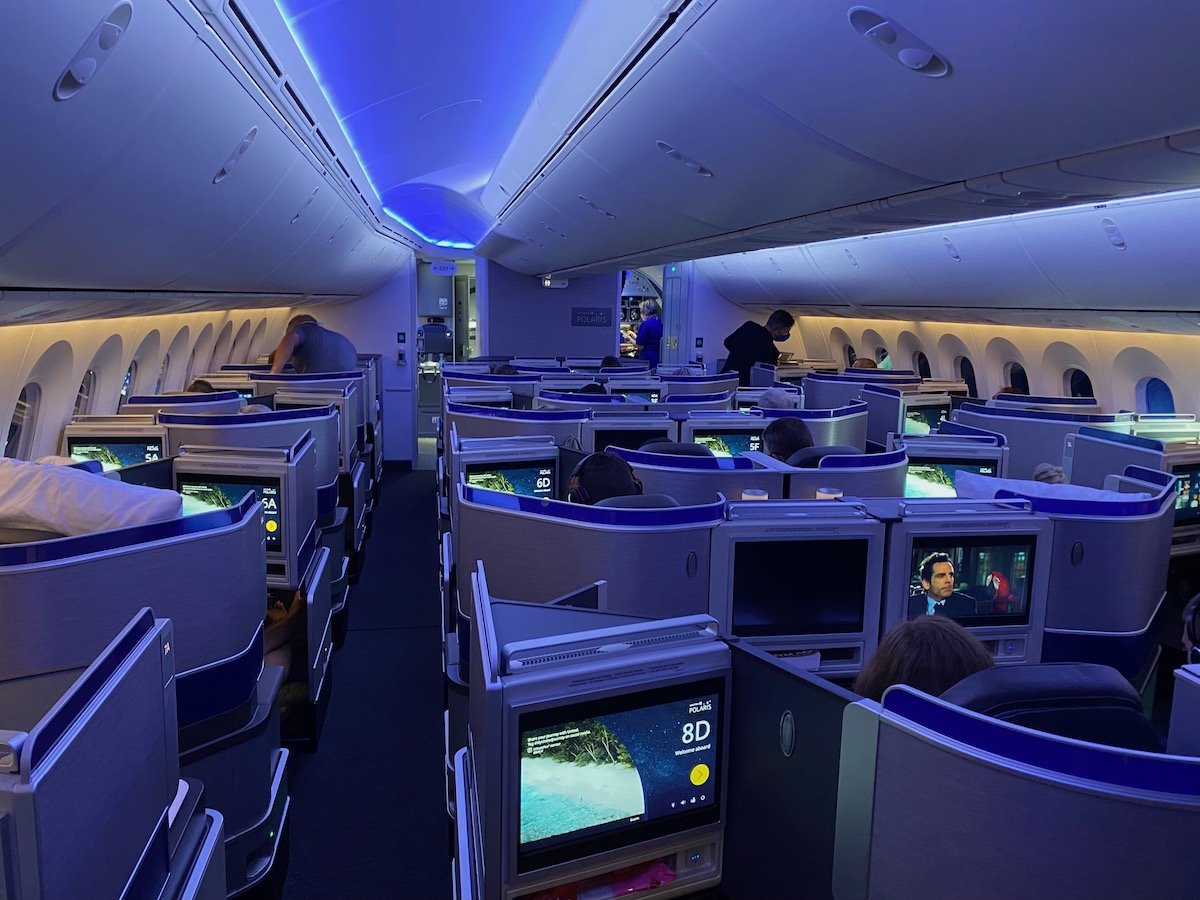
The price has to be better than what consumers have access to
Nowadays many loyalty programs sell points directly to consumers, and in many cases that can represent a good deal for luxury travel. I think it’s safe to assume that credit card companies are paying less for points than the rate at which the program will sell points directly to consumers.
For example:
- Hilton Honors and IHG One Rewards consistently sell points to consumers for 0.5 cents each
- Air Canada Aeroplan and Avianca LifeMiles sometimes sell points to consumers for 1.2-1.3 cents each
Given the volume at which credit card companies are buying points, it’s only logical that they’re getting more attractive pricing.

My guess on how much is being paid for points
Credit card rewards have come a long way, and nowadays there are several credit cards offering two transferable points per dollar spent.
That would’ve been unthinkable a decade ago, but it also reflects that we’ve seen quite some devaluations to programs, so a mile doesn’t get you as far as it used to. In a similar sense, I imagine that credit card companies are paying less per point than they were a decade ago.
With that in mind, here’s some speculation about what credit card companies may be paying when they buy points from airlines and hotel groups:
- I suspect the simple economics are that some transfers are expensive for credit card issuers while others are cheap, and it all balances it out in the end, to what amounts to a sustainable cost
- On the low end, the cheapest redemptions should be Chase’s 1:1 transfers to programs like IHG One Rewards, where I have to imagine that Chase is paying somewhere around 0.4 cents per point (since the public can buy the points for 0.5 cents each)
- I’d guess that most transfers cost credit card companies somewhere just north of a penny per point, for programs that frequently sell points in the range of 1.2-1.3 cents each
- On the high end, I suspect that Chase’s 1:1 transfers to programs like World of Hyatt are costing a bit more than that, maybe closer to 1.2-1.4 cents, but that’s probably part of a broader business agreement, given that there are also co-branded cards involved
- It’s interesting how EVA Air’s Infinity MileageLands program partners with both Citi ThankYou and Capital One, with the former having 1:1 transfers, and the latter having a 4:3 transfer ratio; that probably reflects EVA just charging more, and it’s also probably why EVA doesn’t partner with more banks
American Express, Capital One, and Citi, all have cards earning 2x points on everyday spending, so I have to imagine that the average redemption costs for transferable points aren’t more than a cent per point.
Interestingly Chase offers at most 1.5x points per dollar spent on everyday spending, but also lets you redeem your points toward travel purchases at the rate of up to 1.25-1.5 cents. So it wouldn’t be surprising if World of Hyatt transfers cost somewhere in that range.
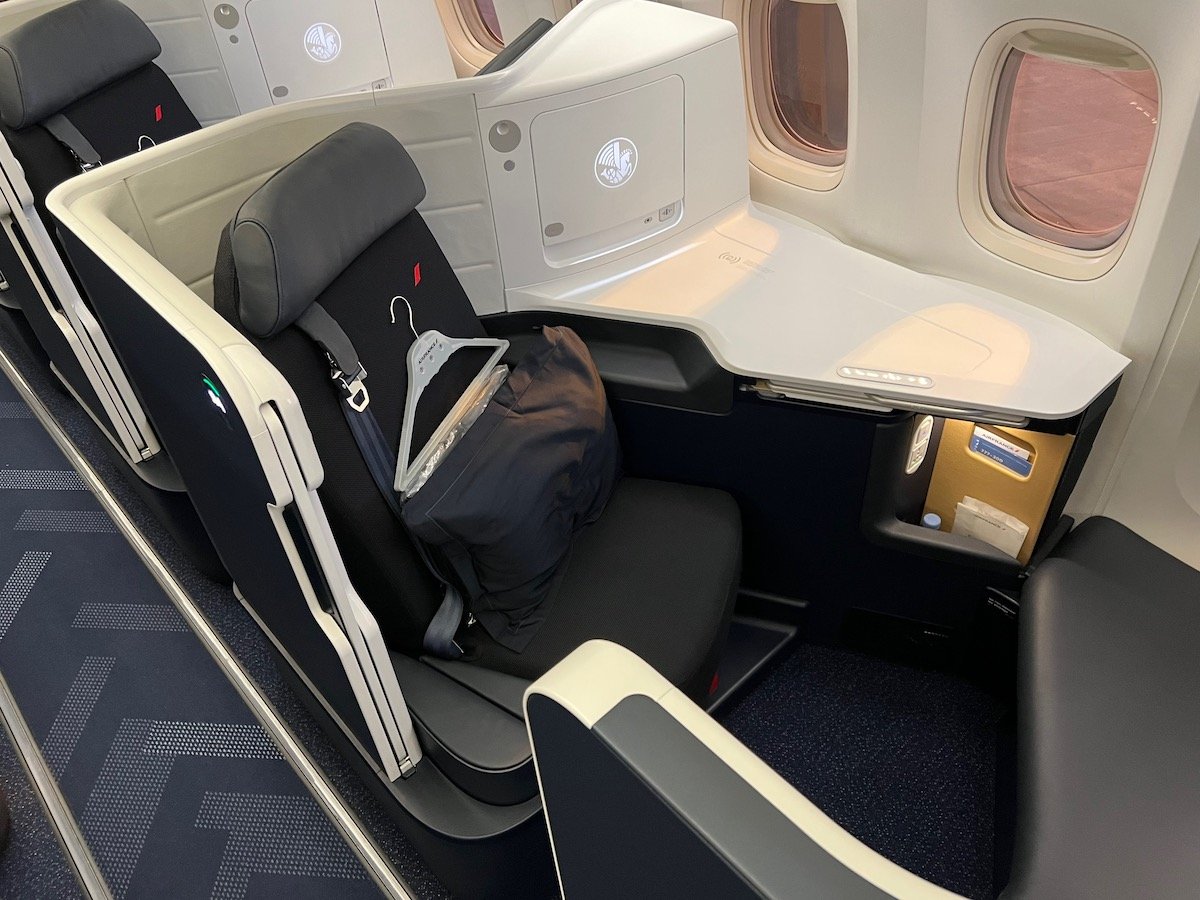
Bottom line
Airline and hotel points are big businesses for banks, and are one of the main ways that they get people to spend money on their cards. While there’s not much said publicly about how the business relationship works, the above is my guess as to how much banks are paying when you transfer your points to an airline or hotel partner.
As points have devalued over the years, we’ve also seen cards get more rewarding, offering a better return on everyday spending, plus more bonus categories. Again, the above is just my speculation, and I’d of course welcome what others think as well.
How much do you think banks are paying for airline and hotel points when you transfer them from a bank points currency?
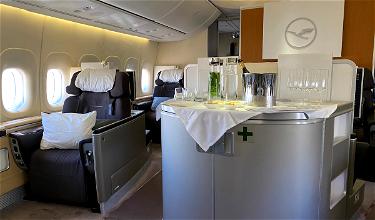

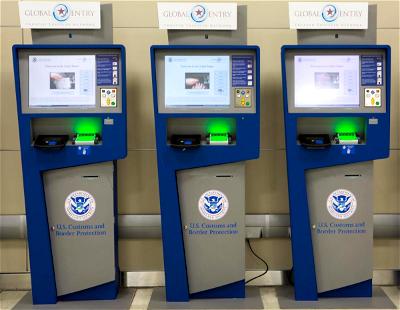

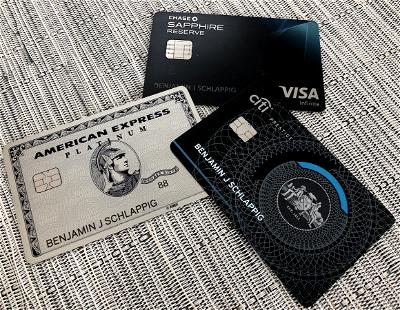
I worked at several major credit card issuers, generally airlines pay around 1.7 to 2.0 per point for airline miles. Amex does not get preferential price for Delta , neither does Chase with United.
This would be better if your opinion was supported by research and sources.
Air Canada years ago SOLD points .05 to business that wanted to give away points as a promo.
So the banks must be paying less than that.
Hyatt pays their hotel 0.6% per point. For example, 5000 points is $30.
Ben, I'd be really interested in a piece unpacking why loyalty programs and points are such a huge profit driver for the airlines.
- cheers to 3c per mile and more -
Most of it is artificial.
The sale of points to the banks is genuine income.
But the sale of points by the Loyalty subsidiary to the Operating Subsidiary within an airline group has no actual reality, and is at a price the airline group chooses arbitrarily (higher to justify the charging to the banks?!)
The airline groups tend to overprice these to create apparently profitable subsidiaries to which the investment bank analysts...
Most of it is artificial.
The sale of points to the banks is genuine income.
But the sale of points by the Loyalty subsidiary to the Operating Subsidiary within an airline group has no actual reality, and is at a price the airline group chooses arbitrarily (higher to justify the charging to the banks?!)
The airline groups tend to overprice these to create apparently profitable subsidiaries to which the investment bank analysts ascribe higher values, and of which they sometimes sell part (or all) to raise cash.
Early during COVID, BA was experiencing a cash crunch. Amex purchased billions of points to fund BA. Less than 0.8 cents per point.
When buying points directly from airlines, it’s safe to say that these points will be used within a short period. It’s probably the somewhat similiar when converting credit card points into miles.
When collecting points via credit card spending, I would assume that airlines factor in that some of these miles will never be spent. So my assumption would be that they are much cheaper for the card company to buy. I am pretty sure...
When buying points directly from airlines, it’s safe to say that these points will be used within a short period. It’s probably the somewhat similiar when converting credit card points into miles.
When collecting points via credit card spending, I would assume that airlines factor in that some of these miles will never be spent. So my assumption would be that they are much cheaper for the card company to buy. I am pretty sure that airlines have pretty exact statistics how many of these miles will be used within which timeframes.
On the contrary, airlines generally charge partner airlines less than they do banks, and they charge themselves less as well.
What you may be thinking about is that the amount of liability for future travel booked when an airline passenger earns miles for flying is greater than the liability booked when that mile is earned via credit card.
The reason for this discrepancy is simply that the accounting rules are different. When an airline sells...
On the contrary, airlines generally charge partner airlines less than they do banks, and they charge themselves less as well.
What you may be thinking about is that the amount of liability for future travel booked when an airline passenger earns miles for flying is greater than the liability booked when that mile is earned via credit card.
The reason for this discrepancy is simply that the accounting rules are different. When an airline sells a ticket and awards miles, they are required to split the revenue between current travel ans the future travel those miles represent. Hence assume they book around a penny per point to cover future travel.
When they sell miles to third parties there is greater freedom with the accounting, to allocate revenue things like the airline's brand, customer list, current benefits like priority board, as well as future travel. Assume they book around 1/8th of a cent in liability for this.
There is also not one price charged to banks. Generally an airline will charge less for initial bonus miles versus miles for ongoing spend. That represents the airline partnering on card acquisition costs, since adding cardmembers benefits both airline and bank. The specific arrangements vary but on average think that a bank might pay a penny per point for initial bonus, 1.5 cents for ongoing spend. There are other discounted elements too, think the American-Mastercard partnership with SimplyMiles and bonuses run on the site.
This was intended as a reply to Albert, sorry!
I'm curious why certain airlines don't partner with the big guys -- Amex and Chase. Specifically looking at you Turkish Airlines.
Although maybe that is why Turkish Airlines awards are easy to find :)
You can transfer points to Turkish from two big banks.
I'd imagine banks are receiving a sweeter deal, especially when the pre-buy points in huge quantities. They're trading money that could earn a return for points that will not. And like during COVID when airlines were in need of cash, I bet they got an even better deal since they had the better hand for negotiating. I've never met a bank that was just interested in nearly breaking even on a trade.
Also, for...
I'd imagine banks are receiving a sweeter deal, especially when the pre-buy points in huge quantities. They're trading money that could earn a return for points that will not. And like during COVID when airlines were in need of cash, I bet they got an even better deal since they had the better hand for negotiating. I've never met a bank that was just interested in nearly breaking even on a trade.
Also, for savvy point users, your estimates make more sense, but considering many do not get top value for their points, an even lower valuation, on average, would still make sense for airlines/hotels who know their cost to provide a seat/bed would be below our assigned value to points.
All speculation on my part, however.
I think that the fact that Bask Bank claims on their 1099 that they send out that the points are worth $0.0042, and they cannot really lie on their Federal Forms, that it is close to what they actually pay for the points. If that is true, and I tend to think it is, the big boys (like CITI and Barclay) probably pay even less. Even a small amount less would make a huge difference...
I think that the fact that Bask Bank claims on their 1099 that they send out that the points are worth $0.0042, and they cannot really lie on their Federal Forms, that it is close to what they actually pay for the points. If that is true, and I tend to think it is, the big boys (like CITI and Barclay) probably pay even less. Even a small amount less would make a huge difference at the scale they are doing. It also tends to make the Sign-On bonus make more sense, as an 80,000 point bonus would only cost the card issuer about $320.00 (assuming $0.004).
Just my $0.02
$0.0042 is or almost the number thrown out on the AA/Simply Miles/MasterCard deal a year or so back. Some said that is number MasterCard paid American for miles. I think Ben got in on that. I know Gary @ Viewfromthewing did and made AA ConciergeKey for a few months because of his purchase.
Completely guessing from someone who has dealt with major inter-company deals regarding large quantities of small data points - while the points are the core driver of the transaction, they will probably be priced lower than you'd think because the data surrounding the points usage and how they're earned is more financially useful. E.g. Airline agrees to sell Bank points marginally over cost, but in return Bank reports back how and where consumers are earning...
Completely guessing from someone who has dealt with major inter-company deals regarding large quantities of small data points - while the points are the core driver of the transaction, they will probably be priced lower than you'd think because the data surrounding the points usage and how they're earned is more financially useful. E.g. Airline agrees to sell Bank points marginally over cost, but in return Bank reports back how and where consumers are earning these points. This allows Airline to market (and price) their flights to consumers more accurately and at the highest price.
Thoughtful comments and consider that the issuing banks earn about 1.7 cents per dollar spent on their cards (interchange fees), AmEx a bit higher. The issuing banks also earn interest income from some % of people who don't pay off their cards each month, the cards have an annual fee as well.
Banks actually don’t get this data or very limited data, and they do very little with these data.
Worked at several major issuers CoBrand department